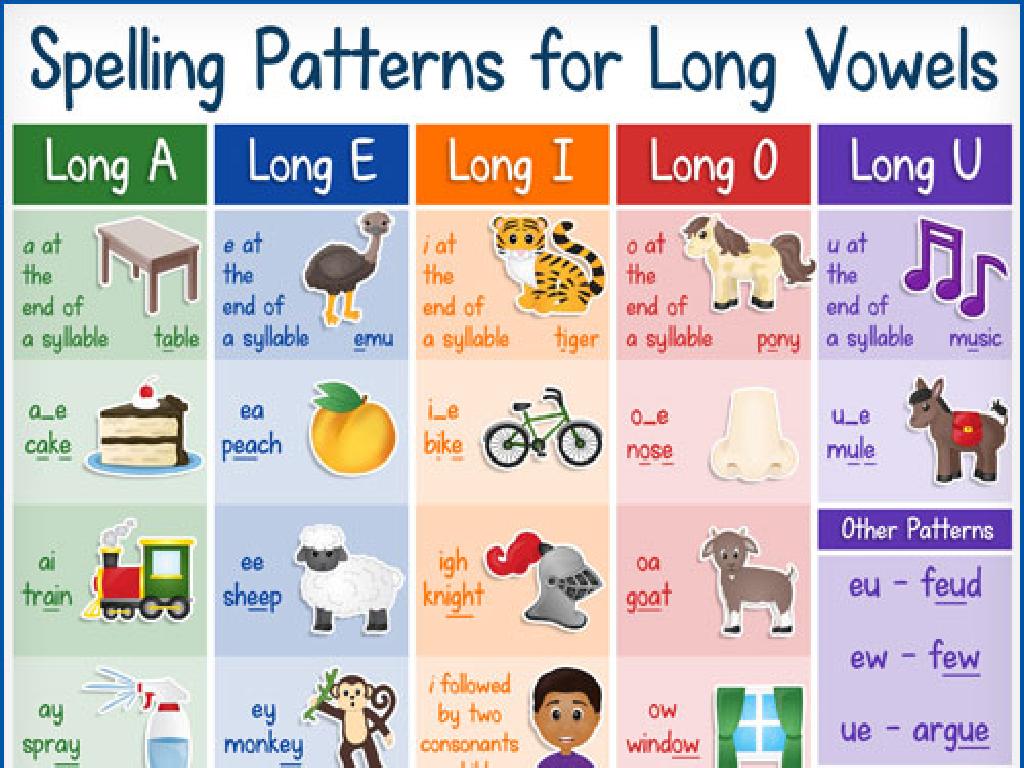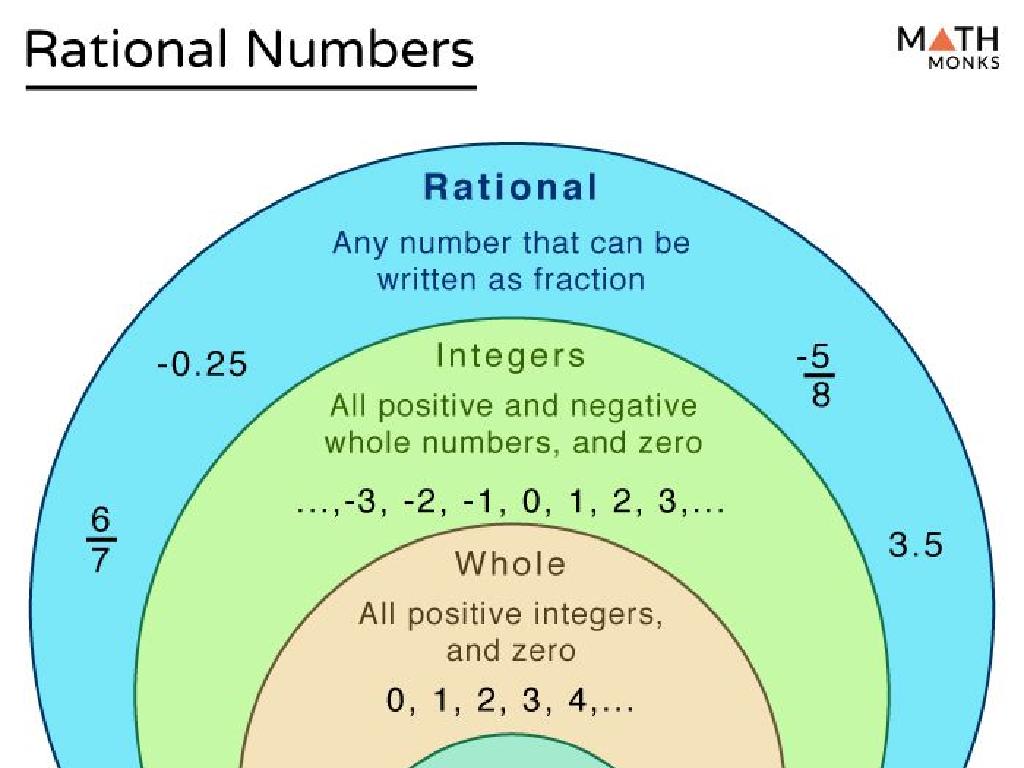Global Prehistory: 30000-500 B.C.E
Subject: Arts and humanities
Grade: High school
Topic: Ap /College Art History
Please LOG IN to download the presentation. Access is available to registered users only.
View More Content
Exploring Art in Global Prehistory
– Contextualizing art in human history
– How art reflects cultural and survival aspects of early humans.
– Defining Global Prehistory
– The era before written records, spanning roughly 30,000 to 500 B.C.E.
– Art’s role from 30,000 to 500 B.C.E.
– Artifacts like cave paintings and carvings tell stories of early human life.
– Understanding prehistoric art significance
– Art provides insights into the beliefs, values, and daily life of prehistoric societies.
|
This slide introduces students to the concept of Global Prehistory and its importance in understanding human history through art. It aims to establish a foundation for how art serves as a window into the lives of our ancestors, reflecting their daily experiences, beliefs, and societal structures. By defining Global Prehistory as the period before written records, students can appreciate the role of art as a primary source of historical evidence. The significance of art from this era is highlighted by discussing how prehistoric artifacts like cave paintings, Venus figurines, and megalithic structures provide a narrative of human evolution, cultural development, and the origins of artistic expression. Encourage students to consider how these early artworks might relate to modern expressions of culture and identity.
Chronological Overview of Global Prehistory
– Timeline of prehistoric events
– Key milestones from 30000 to 500 B.C.E
– Paleolithic to Neolithic cultures
– Evolution of human culture and art forms
– Nomadic to settled society shift
– How societies transitioned to farming and permanent settlements
– Impact on art and civilization
– The development of early art reflects these societal changes
|
This slide provides a chronological framework for understanding the major events and cultural developments of global prehistory. Starting with a timeline, we can pinpoint key moments that define the Paleolithic (Old Stone Age) and Neolithic (New Stone Age) periods. Students should grasp how the evolution of human culture is reflected in the art and artifacts of these times. The transition from nomadic lifestyles to settled societies marks a significant shift in human history, leading to the development of agriculture, architecture, and more complex societal structures. This transition also influenced the art of the period, as settled life allowed for the creation of more permanent and elaborate artistic creations. Discuss the implications of these changes on the development of civilization.
Exploring Paleolithic Art
– Characteristics of Paleolithic art
– Use of natural pigments, depiction of animals & humans, and abstract signs.
– Explore Lascaux & Chauvet Caves
– Sites in France with remarkable prehistoric cave paintings.
– Symbolism in cave paintings
– Animals, dots, and handprints may represent hunting, rituals, or storytelling.
– Theories behind the art
– Various interpretations: hunting magic, shamanism, or information recording.
|
Paleolithic art provides insight into the earliest expressions of human creativity and communication. Characteristics include the use of ochres and charcoals to create images of the surrounding life and abstract designs. The Lascaux and Chauvet Caves, found in France, are prime examples of Paleolithic art, showcasing detailed and sophisticated paintings. Symbolism in these artworks is still subject to interpretation, with theories ranging from representations of hunting practices to shamanistic rituals. Discussing these theories can help students understand the complexity and depth of prehistoric human thought. Encourage students to consider the purpose of art in their own lives in comparison to these ancient works.
Neolithic Revolution: Art and Agriculture
– Emergence of agriculture
– Transition from nomadic life to farming and permanent settlements.
– Neolithic art characteristics
– Art served practical and ritualistic purposes, with a shift to more permanent forms.
– Stonehenge: A monumental example
– A prehistoric monument in England, showcasing architectural ingenuity of the era.
– Pottery and figurines
– Everyday items and ritual objects, often depicting humans and animals.
|
This slide explores the profound impact of the Neolithic Revolution on art and society. The advent of agriculture allowed for permanent settlements, giving rise to new forms of art that were both functional and symbolic. Students should understand how the stability of community life contributed to the development of art forms like pottery, which served daily needs, and figurines, which often had religious or cultural significance. Stonehenge is an example of monumental architecture from this period, reflecting both the technical skills and the communal efforts of Neolithic people. Encourage students to consider how these early artworks reflect the values and beliefs of their creators.
Art as a Reflection of Prehistoric Society
– Art’s function in early societies
– Art served as ritualistic objects and communal symbols.
– Artifacts reveal societal structure
– Tools, pottery, and dwellings inform us about social organization.
– Venus figurines and gender roles
– Female figurines may indicate fertility importance or social status.
– Interpreting prehistoric art
– Analyzing art helps us understand prehistoric beliefs and activities.
|
This slide aims to explore the significance of art in prehistoric societies and how it reflects their cultures and social structures. Art during this period often had practical and ceremonial purposes, serving as a means of communication and a representation of communal beliefs. By examining artifacts such as tools, pottery, and structures, we can infer details about the social hierarchy and daily life of these ancient communities. The Venus figurines, often interpreted as symbols of fertility or indicators of societal roles of women, provide insight into gender dynamics. Encourage students to think critically about how art serves as a historical record and what it can teach us about the values and practices of prehistoric peoples.
Techniques and Materials of Prehistoric Art
– Prehistoric art-making methods
– Techniques include carving, painting, and sculpting
– Common materials: stone, bone, pigments
– Stone and bone for structure; pigments for color
– Art preservation over time
– Natural caves, burial sites helped protect art
– Impact on understanding history
|
This slide delves into the creative processes and resources utilized by prehistoric peoples to produce art. Students should learn how early artists carved into stone, sculpted bone, and used natural pigments to add color to their creations. Discuss the significance of the materials chosen for their availability and durability. Highlight the role of natural and human-made environments in the preservation of these artworks, which allows us to study them thousands of years later. Emphasize how these ancient artifacts provide invaluable insights into the daily lives, beliefs, and environments of prehistoric cultures. Encourage students to consider the ingenuity required to create art with limited technology.
Comparative Analysis of Prehistoric Art
– Compare art from various cultures
– Examine art from different regions, like the Lascaux cave paintings versus African rock art.
– Analyze similarities in form and function
– Many cultures used art for storytelling or rituals; some forms are universal like figurines and cave paintings.
– Discuss differences in artistic expression
– Variations may reflect environmental influences, available materials, or social structures.
– Insights gained from art comparison
– Comparing art helps us understand cultural exchanges, migration patterns, and shared human experiences.
|
This slide aims to guide students through a comparative analysis of prehistoric art, encouraging them to identify both similarities and differences across cultures. By examining artifacts like cave paintings, sculptures, and pottery, students can explore how prehistoric peoples expressed themselves and fulfilled practical needs through art. Differences in artistic expression can reveal much about a culture’s environment, resources, and social hierarchy. Through this comparative approach, students will gain insights into the interconnectedness of human societies and the evolution of artistic practices. Encourage students to think critically about what these artistic comparisons reveal about prehistory and the development of human civilization.
Class Activity: Crafting Prehistoric-Style Artwork
– Overview of prehistoric art creation
– Gather materials: clay, charcoal, pigments
– Draw inspiration from historical examples
– Consider cave paintings, Venus figurines, and animal carvings as inspiration
– Create your own prehistoric-style art piece
– Use natural materials to mimic ancient techniques
|
This activity aims to give students a hands-on experience in creating art similar to that of our prehistoric ancestors. Provide clay for sculpting, charcoal, and natural pigments for drawing. Encourage students to reflect on the day’s lesson on prehistoric art for inspiration, perhaps recreating cave paintings or small figurines. Offer guidance on how to use these materials effectively, and discuss the significance of using natural resources as done in prehistory. Possible variations of the activity could include creating cave wall murals on large paper, sculpting small figurines, or even attempting to make simple tools or jewelry. This will help students appreciate the skill and creativity of prehistoric people.






